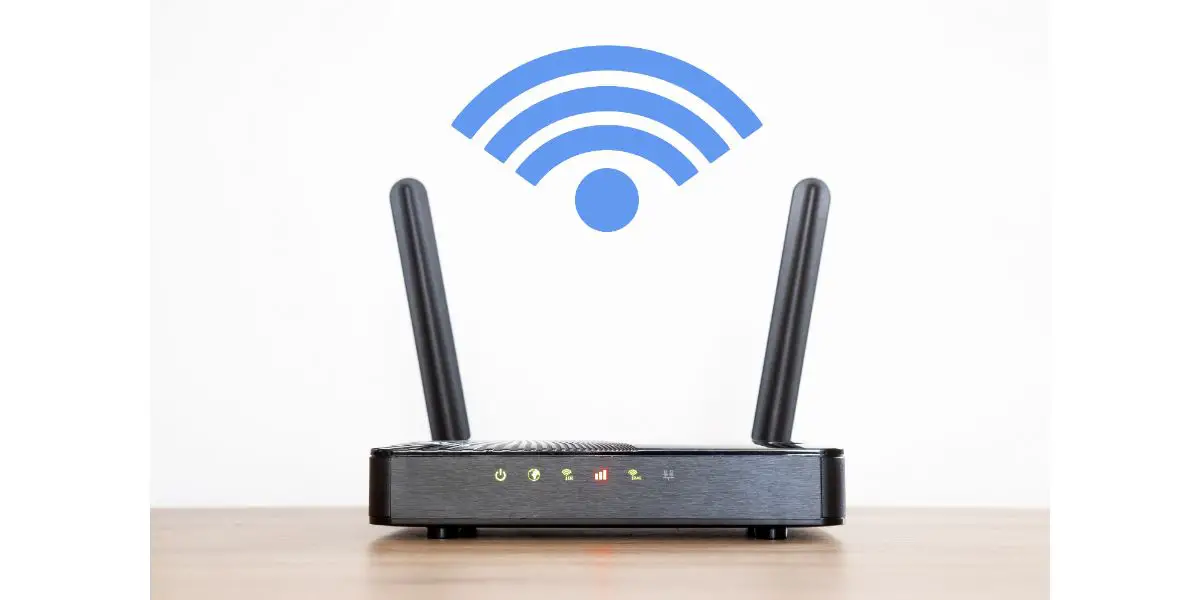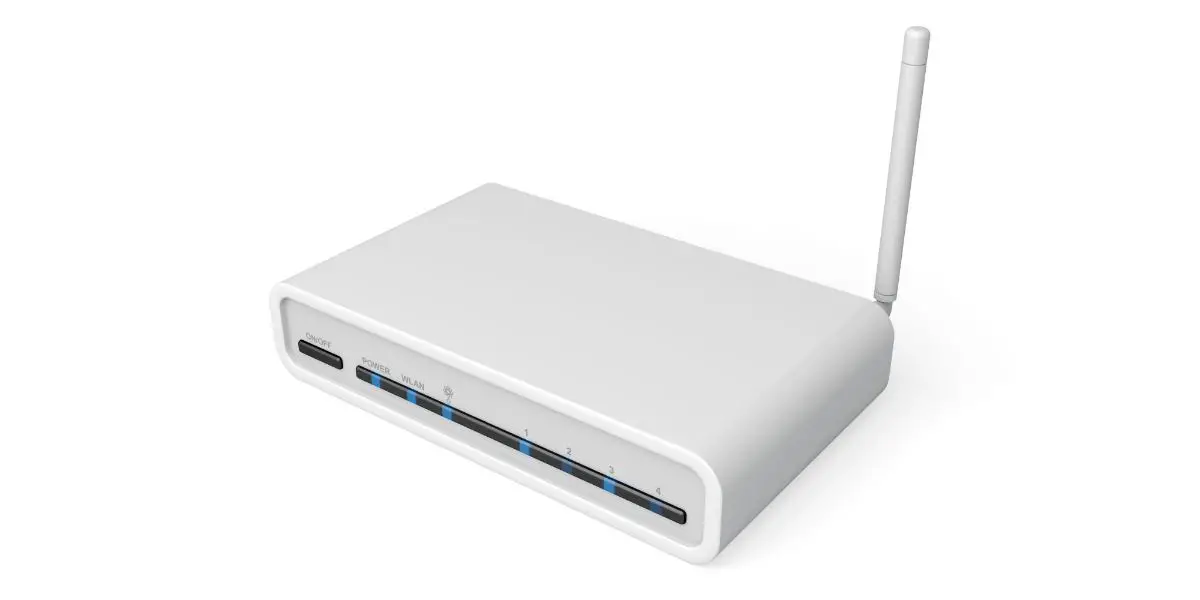Disclaimer: This post may contain affiliate links, meaning we get a small commission if you make a purchase through our links, at no cost to you. For more information, please visit our Disclaimer Page.
Channel selection is one of the most overlooked features of a WiFi router. It can make your connection faster and more stable or more convenient for you to use. The only thing that you should consider when setting it up is to choose the one that’s more suitable for your connection and location.
Table of Contents
How Auto Channel Selection Works
When you get a new WiFi router, the default setting for the channel selection will usually be auto (automatic). This makes the router more user-friendly because people don’t have to configure the channel selection. It also saves them from figuring out the best channel they can use for their router.
When auto-channel switching (ACS) is enabled on a WiFi router, it scans the airwaves to look for the least congested channel, which, in theory, can provide you with a better and more stable internet connection. You don’t have to look at your neighbors’ channels to determine which works best for your router.
However, being convenient doesn’t always mean it’s the best channel for your router. Your router’s performance can significantly drop if there’s a sudden influx of interference in the channel that you’re using. This may force you to restart your router to scan the airwaves again and find the best channel for your connection.
Aside from this, other non-WiFi interferences can affect your router’s signal and performance long after the channel selection. So even if you’re getting the convenience of setting up your router, it may not always provide you with the most stable and fastest internet connection.
How Manual Channel Selection Works
If you choose manual for the router’s channel selection, you’ll have to set the channel it will use, depending on several factors. This will require more work and research because you need to find the least congested channel in your area. However, this process will provide you with the most stable and possibly faster internet connection.
Most routers today use 2.4 GHz and 5 GHz frequency bands to send and receive signals from your service provider to the devices you’re using. If your router uses 2.4 GHz, you can choose from 14 channels. However, only 3 are non-overlapping channels: 1, 6, and 11.
These non-overlapping channels provide the maximum throughput without as much interference as you’d get from the overlapping channels. You can still choose one of the overlapping channels, but the other routers in your area will stomp your connection and can significantly affect your signal.
Choosing between these channels will depend on the number of users per channel in your area. The fewer users in a channel, the better your WiFi signal gets.
For the 5 GHz frequency band, there’s a total of 24 non-overlapping channels you can choose from. This wide number of available channels can be daunting for anyone to monitor just to find the least congested channel. That’s why it’s advisable to use manual channel selection only when using the 2.4 GHz frequency band.
Which One Should You Choose for Your Router?
IIf you’re using an older router, you might experience some issues with auto-channel switching. Some older routers can only scan the airwaves after a restart and can’t adjust to the changes after the scan. Sometimes, you’ll have to restart the router when the signal drops to rescan the air and detect the least congested channel.
This can be an issue if you live in an apartment complex with several other routers trying to connect to the internet. It’s also the reason why some are suggesting the use of manual channel selection for your router. Doing this ensures you’ll get the best connection possible for your internet without restarting it.
Nowadays, routers are more capable when selecting the best channel to use. They can also switch channels without restarting, making it more convenient for most people. If you’re using a newer router, setting the channel selection to auto will make it easier to connect to the internet.
You don’t have to search for the least congested channel manually and experience drops in your signal. Aside from this, you don’t have to keep monitoring the airwaves to ensure you have the best connection possible.
Important Considerations When Setting Router Channel Selection
Choosing between manual and auto channel selection depends on a few more things other than convenience, speed, and stability. These considerations include non-WiFi devices that use the same channel to send and receive data or operate.
If you want to ensure you’re getting the best signal possible for your router, it’s crucial to understand these things. So let’s talk about the other factors that may affect your decision to use manual or auto-channel switching for your router.
The Number of Active Connections in Your Area
Suppose several routers in your area operate on the 2.4 GHz frequency band, and you’re using an older or cheaper router. In this case, it’ll be easy for more capable routers to kick your router out of the channel or cause reduced WiFi speeds.
Remember, these routers will only scan the airwaves when you start them, and they won’t factor in future changes in those channels. They may even require you to restart to find a better channel that you can use after a signal drop.
High-end or newer routers have the technology to keep switching channels to keep your connection stable. However, they need to monitor the airwaves for interference to ensure you won’t experience signal drops. Still, you can expect these routers to do well even if you select auto channel selection.
With manual channel selection, you’ll be able to adapt to the changes in the airwaves, making it easier to switch to another channel when your signal drops.
This will give you better flexibility when using your router and ensure you have the most stable connection possible without running through signal interference.
The number of routers and devices in your area becomes less of an issue if your router operates on the 5 GHz frequency band because they tend to be less congested.
Fewer devices can utilize this frequency, and many more non-overlapping channels will be available to other devices. That’s why auto channel selection is generally the better option for people who use the 5 GHz frequency band.
Position of Other Routers in Your Area
Suppose you have a neighbor that uses the same 2.4 GHz frequency band channel, and the walls between your houses aren’t thick enough to weaken the signal. In that case, consider setting the channel selection to manual and select a channel different from what your neighbor is using.
Your best bet would be to talk to your neighbor to see if you can configure their router to eliminate interference on both connections. Chances are, they use auto-channel selection for their router.
It’s a different story if you live in an apartment complex with several other routers operating on the 2.4 GHz frequency band. All three channels become more congested, resulting in poor internet speed if you’re not near your router.
Signals can still pass through walls. So you’ll need to consider the position of your router and your neighbors’ when deciding whether to set the channel selection to manual or auto.
The Frequency Band You’re Using
As mentioned, the channel you’re using becomes less of an issue if you use the 5 GHz frequency band. You can think of these frequency bands as highways — the 2.4 GHz highway only has 3 lanes (channels), while the 5 GHz highway has 24 lanes (channels).
In the 5 GHz highway, the lane you’ll choose wouldn’t really matter because it can easily accommodate all the devices using it. Add this to the fact that fewer devices can use the 5 GHz frequency band, and it’s terrible at penetrating walls.
For 2.4 GHz, setting the channel selection to manual can provide you with a more stable and faster connection. However, there will be less interference if you use 5 GHz, even in an apartment complex.
So setting the channel selection to auto will make it easier to start using your router without requiring additional work.
The Router That You’re Using
The last and most crucial factor you need to consider is the router you’re using. Older or cheaper routers may have issues keeping your connection stable, especially if you live in an apartment complex with several more capable routers operating on the same frequency.
More capable routers can keep switching channels to ensure they have the best connection possible.
However, as these switches happen, an older or cheaper router can get kicked out of the channel. An older router with auto channel selection may have to restart to regain its connection.
If this is the case in your area, setting the channel selection to manual would be best. The downside to this is that you’ll have to keep monitoring the airwaves to ensure you’re always connected to the least congested channel. You’ll also need to manually switch to it once you get reduced internet speed.
Conclusion
The choice between auto and manual channel selection will depend on various factors. However, as a general rule, I recommend setting the channel selection to auto, especially for newer routers, as it provides the best settings for a stable and speedy internet connection.



